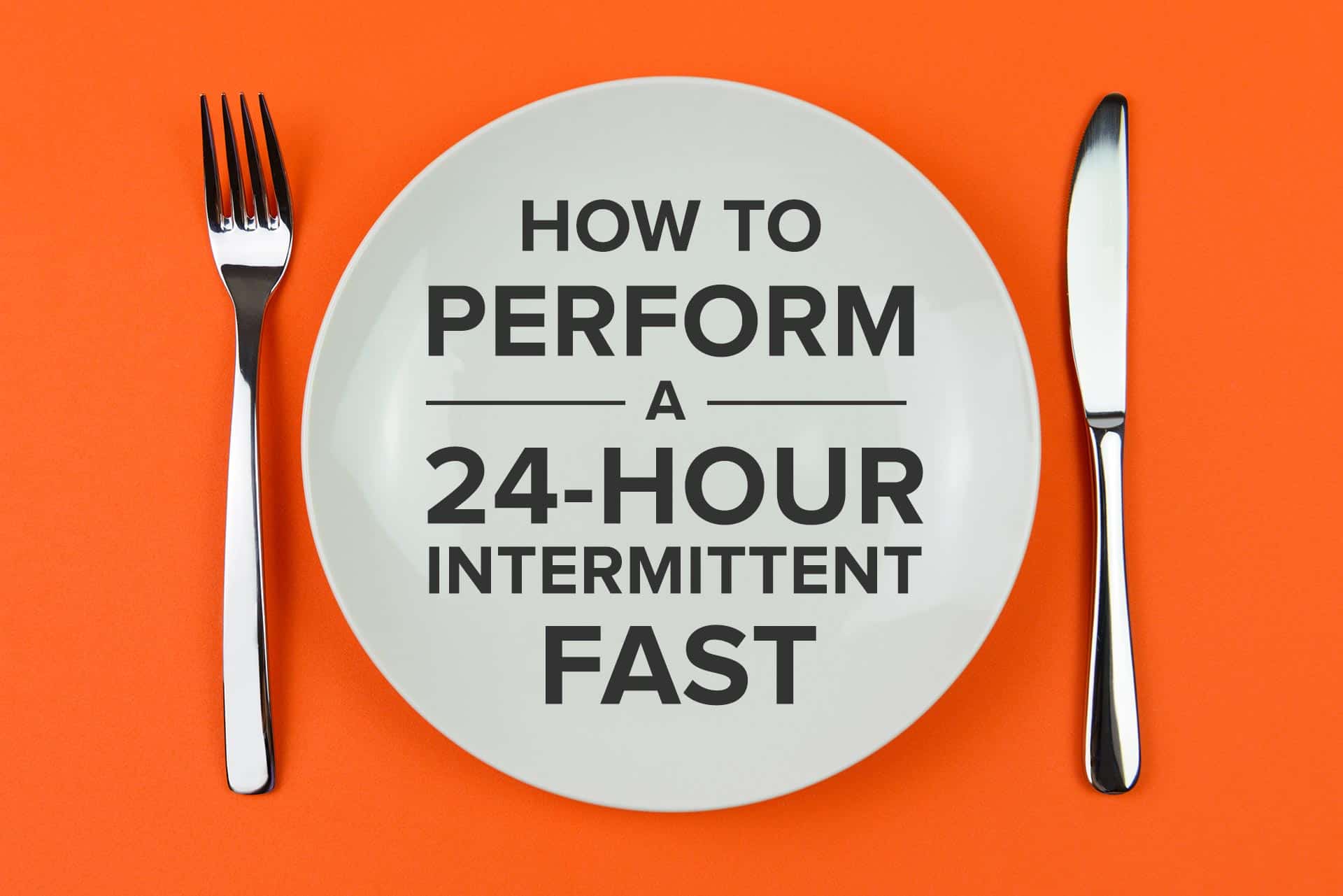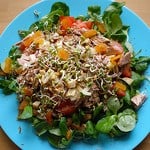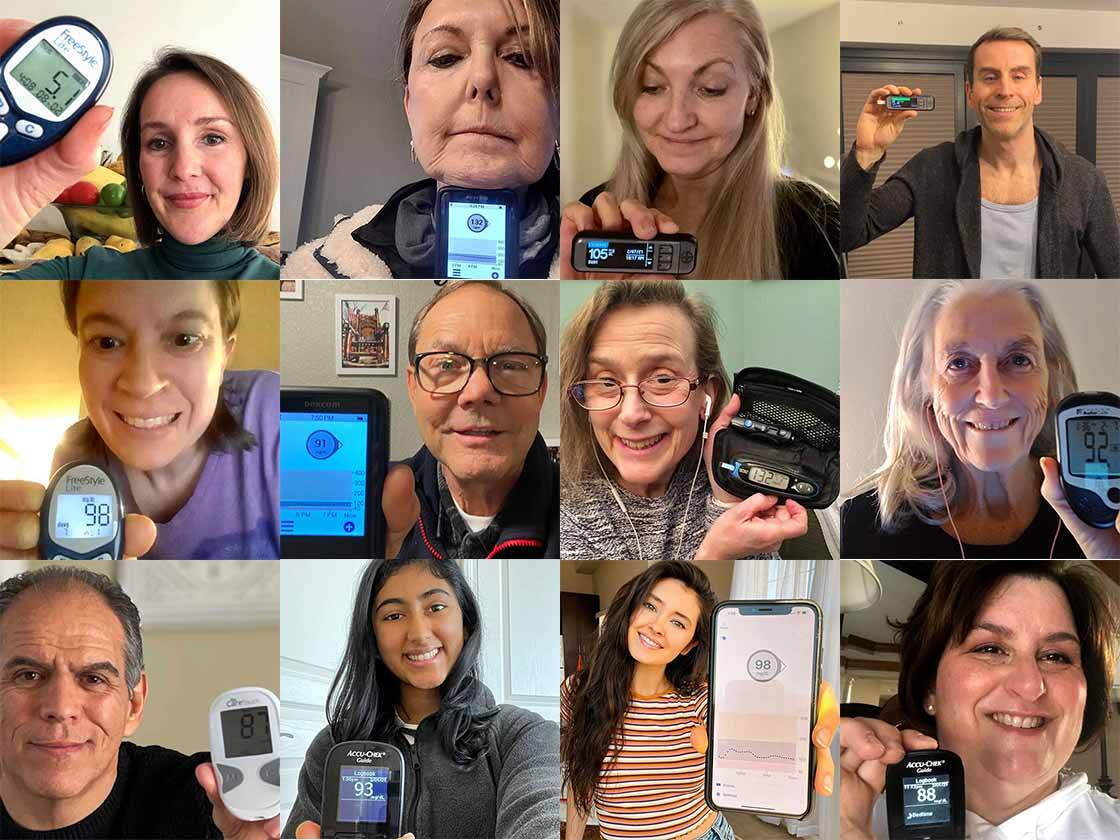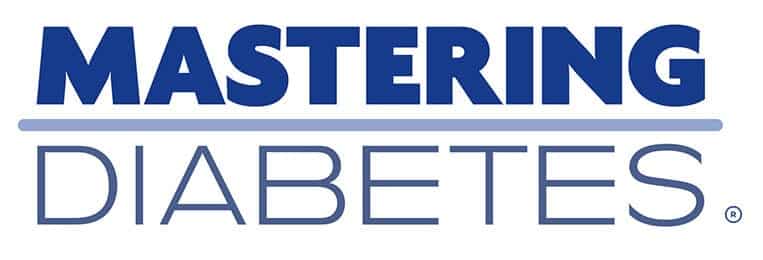
Let's face it.
We eat when we’re feeling lonely.
And sad.
And frustrated.
And angry.
And happy.
And confused.
And excited.
We eat in response to our emotions, and this direct connection between our emotions and our food intake usually results in eating more calories than is necessary.
There is no denying the fact that humans are emotional creatures. In the abundant world in which we live, eating is a natural response to both favorable and unfavorable situations.
Hunger Comes in Many Flavors
It turns out that there are two types of hunger, and understanding the true difference between the two is important in determining not what to eat, but when to eat.
Physiological hunger is the type of hunger you experience when your brain, muscles and internal organs are in a low-energy state.
This is the type of hunger that you experience following a demanding workout. It’s the type of hunger you experience when you have exerted significant physical or mental energy, and are in need of fuel to replenish your energy needs. Physiological hunger is the signal to intake carbohydrates, fats, and protein in order to meet the energy requirements of repairing and growing tissues.
Emotional hunger is the type of hunger you experience when a situation or thought process dictates your desire to eat.
As opposed to physiological hunger, emotional hunger creates a feeling of true hunger even though the biological requirement for fuel is low or nonexistent.
Understanding the difference between the two of these types of hunger can make a huge difference to your overall health.
Negative Calorie Balance
Performing a single intermittent fast can help you determine the difference between physiological and emotional hunger.
In addition, intermittent fasting forces tissues to burn stored glucose and fatty acids. This is a very effective tool in depleting excess stored nutrients, which results in the following effects:
- Reduced fat content in muscles and liver
- Improved liver insulin sensitivity
- Improved muscle insulin sensitivity
- Clearance of stored lipids in blood vessels
- Reduced LDL cholesterol
- Reduced blood pressure
When you perform an intermittent fast, it provides you with an opportunity to enter negative calorie balance, a state in which the amount of calories you intake is less than the amount of calories you burn.
Negative calorie balance is an important physiological state which allowed our human ancestors to stay alive during extended periods of limited food availability. Over the course of human evolution, our biochemistry has adapted to these periods of semi-starvation, giving rise to an enzymatic orchestra that allows us to stay alive despite limited nutrient availability.
What that means is simple: your body can stay alive for long periods of time with limited calorie intake.
Research shows that long periods of limited calorie intake are actually beneficial to our health, resulting in drastically reduced disease risk, weight loss, improved immune function and reduced inflammation.
No matter how you slice it, intermittent fasting isn’t just good for you, it’s GREAT for you. The question becomes...how do you perform an intermittent fast for optimal effect?
The Weekly 24-Hour Intermittent Fast
There are endless permutations of intermittent fasting regimens. Just do a search for "intermittent fasting regimens" and you'll come across hundreds of different methods, each with their own set of benefits.
The most common intermittent fasting methods are listed here:
- The 16-8 Intermittent Fast: Don't eat anything for 16 hours, then eat for the next 8 hours. Repeat every day.
- The 12-12 Intermittent fast: Don't eat anything for 12 hours, then eat for the next 12 hours. Repeat every day.
- 25% Calorie Restriction: Reduce your calorie intake by 25% every day.
- 40% Calorie Restriction: Reduce your calorie intake by 40% every day.
- Alternate Day Fasting: Only eat food every other day. Alternate periods of 24 hours of eating with 24 hours of fasting.
- Once Per Week 24-Hour Intermittent Fast: Fast for 24 hours once per week on the same day every week.
There is no sense in intermittent fasting if the direct benefit takes months or years to achieve. Lucky for you, performing a single intermittent fast is a fun experience that can make a noticeable and measurable difference in your health.
Many people report that the most achievable intermittent fasting regimen is a once-per-week 24-hour intermittent fast.
Just as the name implies, choose one day of the week and don’t eat. Choose a day of the week in which you are largely sedentary.
Let’s assume that you do a Thursday fast. Here is an example 24-hour protocol:
7pm Wednesday
Eat your last meal of the day. Drink 2-3 cups of water.
8pm Wednesday
START FAST
10pm Wednesday
Go to sleep. Nighty night!
8am Thursday
Drink 2-3 cups of water or 1-2 cups of green tea.
12pm Thursday
Drink 2-3 cups of water or 1-2 cups of green tea.
3pm Thursday
Drink 2-3 cups of water or 1-2 cups of green tea.
7pm Thursday
END FAST
Eat a small dinner before bed, complete with plenty of whole carbohydrates from non-starchy vegetables, starchy vegetables, fruits, beans, lentils, peas or whole grains. Drink 2-3 cups of water.
7am Friday
Return to your normal eating schedule.
Mealtime Liquid Options

2-3 Cups of Water
Drink 2-3 cups of water at meal time to help distend your stomach and “fake” the feeling of being full. When your stomach distends, it sends a signal to your brain which can curb your feelings of hunger.

1-2 Cups of Green Tea
Drink 1-2 cups of green tea at meal time, to help curb your feelings of hunger. Green tea can often act as an appetite suppressant to curb your feelings of hunger.
Tips and Strategies for Easing Through an Intermittent Fast
- The green tea is not essential to fasting, but it can make the experience easier. Green tea can act as an appetite suppressant and curb your feelings of hunger.
- Drinking non-caloric liquids helps to mitigate feelings of hunger by distending your stomach. This sends a signal to your brain and often results in you feeling less hungry.
- Be aware of your body cues. Feeling stressed out or “upset” during your fast? Relax. Take a few deep breaths, and pay close attention — this is what true hunger can feel like.
- Have low-fat, plant-based, whole-food in the house and ready to go when you “break” the fast the following night with a small meal.
- Stocking healthy food in the house is good insurance that you won’t binge the following day when you return to your normal eating routine.
How (and Why) to Perform a Modified 24-Hour Intermittent Fast
Let's be honest, for some people, performing a full 24-hour fast can be quite challenging.
Especially for people with diabetes, fasting for extended periods of time can increase the risk for hypoglycemia (low blood glucose), so it is very important to counteract this risk by having food on hand.
Some people get hangry (hungry + angry). If this is the case, modified intermittent fasting is an effective way to get the benefits of intermittent fasting without ruining your day.
In addition, if you fall into one of the categories below, consider performing a modified 24-hour fast:
- You have type 1 diabetes
- You have type 2 diabetes
- You have prediabetes
- You are prone to hypoglycemia (low blood sugar)
- You have a very difficult time concentrating when hungry
- You experience violent mood swings when fasting
- You are unpleasant to be around when you are hangry
The main reason why it is difficult to perform a true 24-hour intermittent fast for some people is because when you consume no calories for an extended period of time, your brain can often become starved for glucose, resulting in any of the following feelings:
- Rapid mood swings
- Frustration
- Anger
- Inability to concentrate
- Shaky hands
- Slurred speech
- Sweating on the palms of your hands or forehead
The major difference between a true and modified intermittent fast is the amount of calories that you take in at meal time. In a true intermittent fast, you consume zero calories at mealtime, whereas in a modified intermittent fast, you consume a small number of calories (about 100-200 calories) at mealtime. Even with a small intake of calories, you still get some exceptional health benefits.
Let’s assume that you do a Thursday fast. Here is an example 24-hour modified protocol:
7pm Wednesday
Eat your last meal of the day. Drink 2-3 cups of water.
8pm Wednesday
START FAST
10pm Wednesday
Go to sleep. Nighty night!
8am Thursday
Drink 2-3 cups of water, 1-2 cups of green tea, or 1 cup of vegetable juice.
12pm Thursday
Drink 2-3 cups of water or 1-2 cups of green tea.
3pm Thursday
Drink 2-3 cups of water, eat a vegetable snack or eat 1-2 pieces of fruit.
7pm Thursday
END FAST
Eat a small dinner before bed, complete with plenty of whole carbohydrates from non-starchy vegetables, starchy vegetables, fruits, beans, lentils, peas or whole grains. Drink 2-3 cups of water.
7am Friday
Return to your normal eating schedule.
100-200 Calorie Meal Options

1 Cup of Vegetable Juice
Drink one 8 oz. cup of vegetable juice, made from any combination of tomatoes, beets, celery, carrots, cucumbers, mint, parsley, arugula, kale.

1-2 Pieces of Your Favorite Fruits
Eat 1-2 piece of your favorite fruit (banana, apple, pear, persimmon, orange, a handful of berries etc.).

1-2 Servings of Vegetables
Eat 1-2 servings of vegetables (cauliflower, tomatoes, carrots, broccoli, brussels sprouts, okra etc.).

8-10 of Your Favorite Nuts
Eat 8-10 nuts (cashews, walnuts, almonds, brazil nuts etc.). Be careful not to overeat on nuts, as they have a high calorie density.

A Small Bowl of Salad
Eat a small salad containing 1 serving of vegetables (salad base is made from any combination of cabbage, spinach, lettuce, arugula, kale).
Take Home Message
Intermittent fasting is a great way to separate the physiological and emotional hunger states, and is a great exercise to help in weight loss, improved insulin sensitivity, improved cardiovascular health, and decreased cancer risk.
Performing a fast is not nearly as hard as you think, so give it a try and report back. Feel free to leave comments below with your intermittent fasting experience, whether positive or negative.
Listen to What Our Clients Say...
Surprisingly I find intermittent fasting to be really easy to do, and I actually look forward to it. I think it's particularly easy to do if I don't have any "bad" carbs the day before. Bad carbs make my life harder during the fast, and make me feel more addicted to ]junky food. Going morning to morning is easier for me because the hardest part is the end of the 24 hour period, and if I'm sleeping then it's no big deal. The biggest benefit is that I drop weight every time I do an intermittent fast (which I'm excited about). I expect to put that weight back on the next day, and then it doesn't happen. I don't rebound, and it's awesome.
 Jon M.
Jon M.
Intermittent fasting is more of a mental exercise than it is a stomach exercise. I know I eat when I’m bored or stressed. I certainly had a little hunger pang at the end of the day, but it was manageable. This was sooooooo much easier than I thought it was going to be because all you really have to do is miss 2 meals, breakfast and lunch. I’ve been used to eating on a regular snacking basis my whole life, and intermittent fasting is a great way to liberate myself from emotional eating.
 Leslie U.
Leslie U.
I feel like when I perform an intermittent fast, I can actually feel the difference that it makes after 24 hours. I feel lighter on my feet. I feel fitter. My digestive system loves it. Sometimes it can be hard towards the end of the day, but the benefits are so clear that it’s just mind over matter.
 Mark J.
Mark J.
I think I could do this every week for the rest of my life. It's amazing how much more energized I feel from not eating. It goes against what I thought would happen, but I wont' argue. My stomach actually enjoys taking a break like that - the feeling is unmistakable.
 Daniel R.
Daniel R.
Lower Your A1c and Get to Your Ideal Body Weight ... Guaranteed

Your results are guaranteed. Join more than 10,000 ecstatic members today
Personalized coaching puts you in immediate control of your diabetes health, helps you gain energy, improves your quality of life, and reduces or eliminates your meds.

